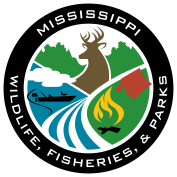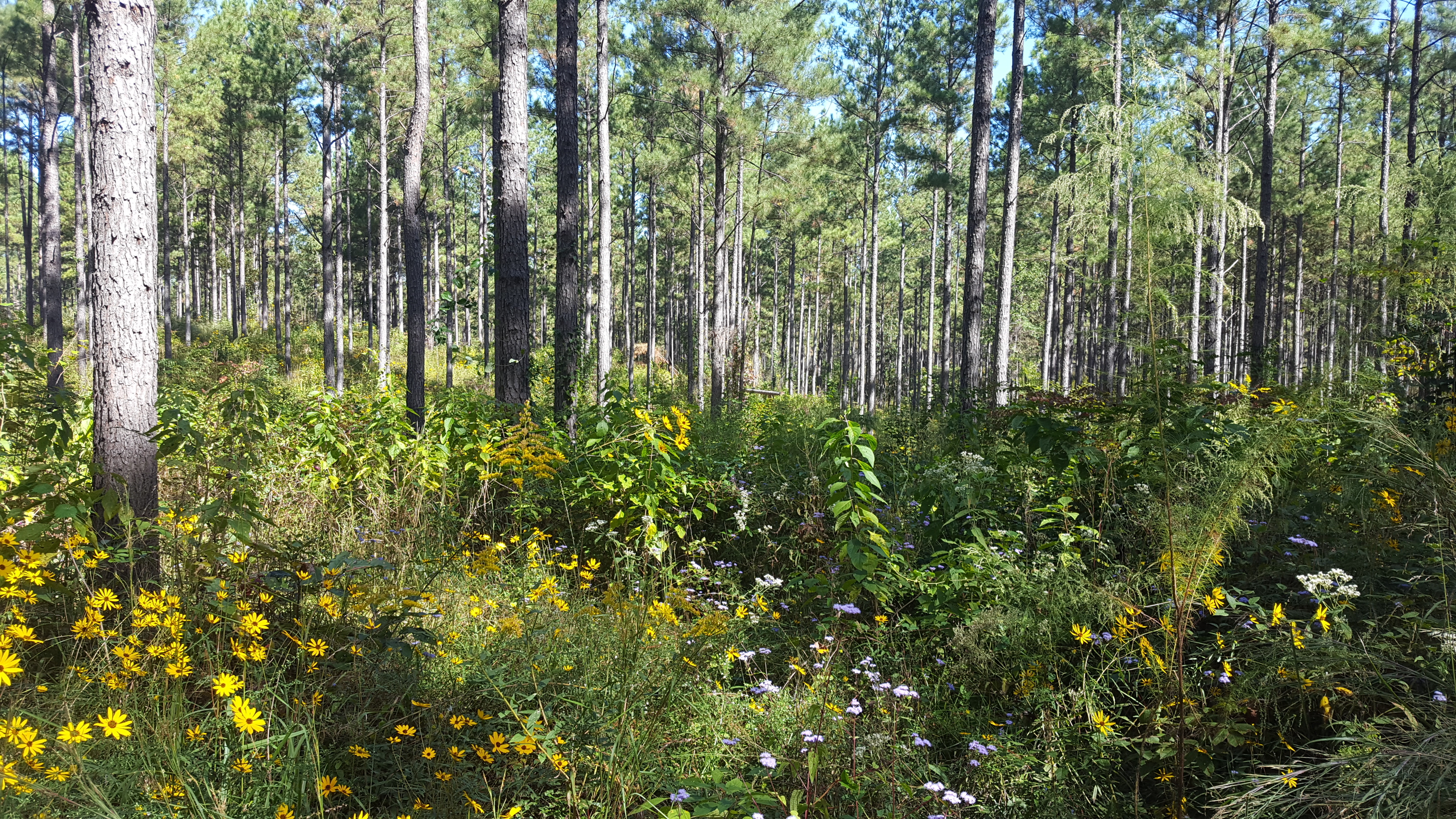
Written by: Chandler Strickland
Edits by: Pierce Young
Although food plots can offer supplemental nutrition for enhancing white-tailed deer herd health during summer and winter stress periods, these plants only provide forage for roughly half of a deer’s diet. Depending on the time of the year, native woody browse plants (such as greenbrier or blackberry) can make up 40-70% of what they are eating, are available year-round, and these are plants that can only be provided through habitat management. The other portions of their diet are made up of forbs (herbaceous broadleaf plants), mast (fruits and nuts), and early-growth native grasses. Since white-tailed deer are considered concentrate selectors and select forages that are higher in quality and palatability, actively managing the native vegetation on the landscape can ensure that high-quality browse is available to meet the deer’s overall nutritional requirements. Additionally, not only does this native vegetation offer high-quality food for deer, but it also offers areas of cover for bedding, fawning, and predator evasion.

Management Techniques for Promoting Native Deer Foods:
Know Which Deer Foods are Good and Bad
White-tailed deer are excellent survivors and can eat a variety of different types of plants. However, if you as a wildlife manager want deer to thrive, it would be prudent to know which are the best plants that deer prefer. Knowing your deer forage plants will help you when evaluating habitat management projects. (Click this link to read a deer forage guide booklet)
Some of the better quality deer foods include:
- Common Ragweed
- Greenbrier
- Blackberry
- Dewberry
- Partridge Pea
- Pokeweed
- Wild Strawberry Bush
- Trumpet Creeper
Timber Management
The first objective should be to ensure there is enough light to an area's understory to allow vegetation to responds. This may include thinning or harvesting select trees to allow more sunlight to reach the forest floor, encouraging understory growth of forbs and browse. This can be conducted using various techniques such as
- Commercial Timber Harvest (Thinning or Clearcut)
- Non-commercial Mechanical Equipment Timber Cutting (Heavy equipment or chainsaw)
- Non-commercial Chemical Injection (AKA hack-and-squirt) with a hatchet and a spray bottle
Prescribed Burning
Fire stimulates growth of herbaceous vegetation and reduces woody overgrowth, especially in opening such as woodlands, savannas, and fields. Burns should be conducted with ecological goals and seasonal timing in mind.
Mechanical Ground Disturbance
Disking in rotation can stimulate seed banks and early successional plant growth, especially in old fields and openings.
Invasive Species Control
Non-native invasives like Chinese privet, cogongrass, kudzu, and sericea lespedeza often outcompete native forage and reduce plant diversity. Targeted herbicide application and mechanical removal can restore native plant communities.
Edge and Transition Zone Management
Deer thrive in areas where forest meets field. Managing these edges with a mosaic of native shrubs, forbs, and grasses increases both cover and forage availability.
Native vegetation management is vital for maximizing attraction and nutrition for all wildlife species.
For more information on native vegetation management visit